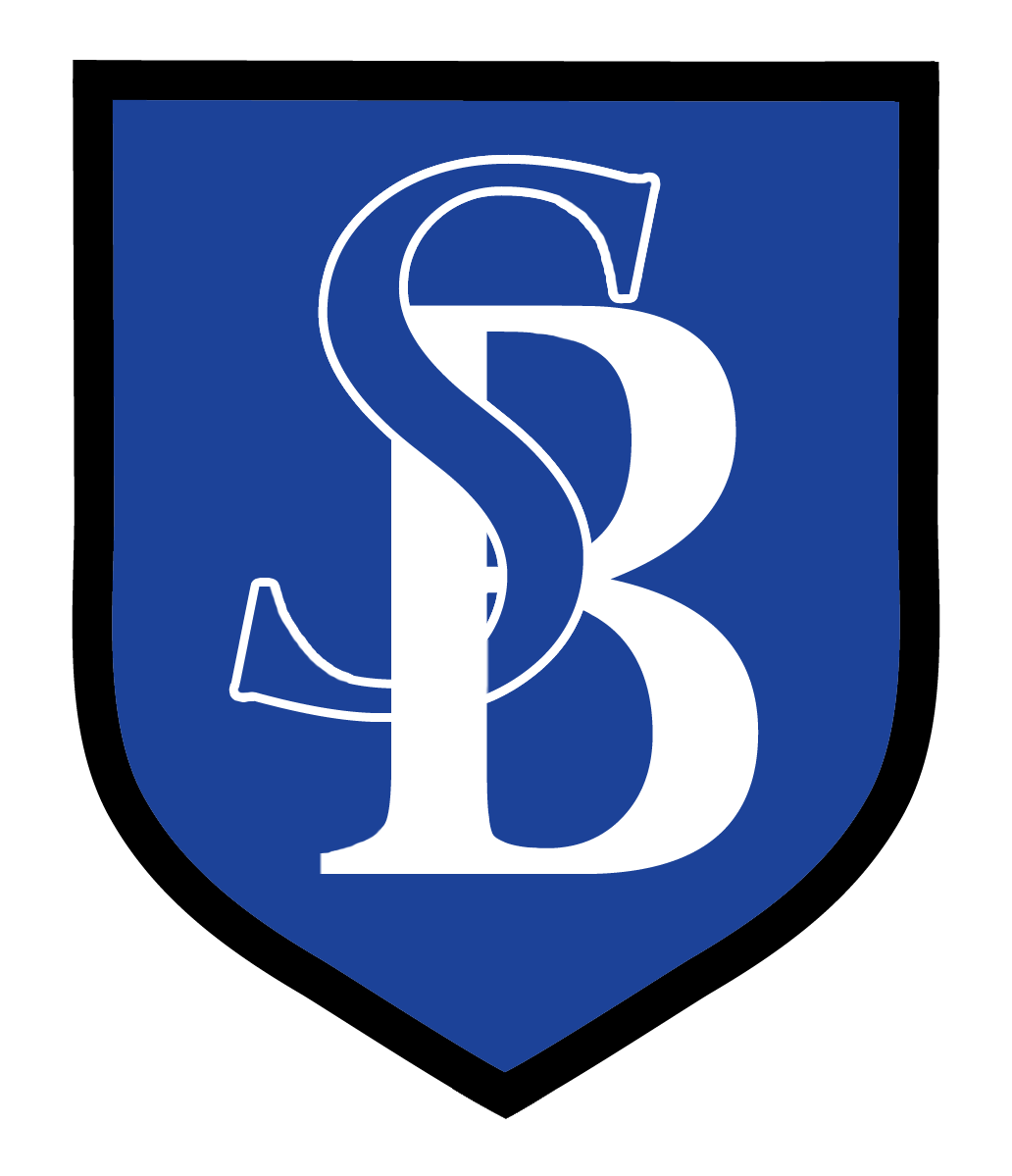Phonics
At St Bart's, phonics is used to teach pupils to read and spell words.
Children in Reception and Year 1 have a 25-minute phonics session every day.
In Year 2, phonics skills are consolidated and children then move into learning more complex spelling rules and conventions.
We use a phonics scheme called Bug Club Phonics. Watch this introductory video to learn more about what Bug Club Phonics is and why we use it.
Phonics consists of:
- Identifying sounds in spoken words.
- Recognising the common spellings of each phoneme.
- Blending phonemes into words for reading (m-a-t becomes mat).
- Segmenting words into phonemes for spelling.
Terminology
Pupils will learn to use specific terminology from the beginning (and they love it!).
- A phoneme is the smallest unit of sound in a word (c-a-t, sh-o-p).
- A grapheme is the phoneme written down. This may consist of one letter (t), two letters (ch) or more than two letters (igh, aigh).
- A di-graph is a group of two letters that represent one phoneme (ch, sh, ee).
- A tri-graph is a group of three letters that represent one phoneme (igh, tch, ere).
Each Lesson
The daily phonics lesson follows a clear pattern:
|
Revisit and review – no new learning; practising what we already know. |
||||||||||||||||||
| Teach – a new phoneme/grapheme correspondence or tricky word(s). | ||||||||||||||||||
| Practise – the new phoneme/grapheme correspondence in individual words; the tricky word(s). | ||||||||||||||||||
|
Apply – the new phoneme/grapheme correspondence in individual words; the tricky word(s) into a sentence for reading or writing. PhasesDifferent phases of phonics are covered in different years.
|
